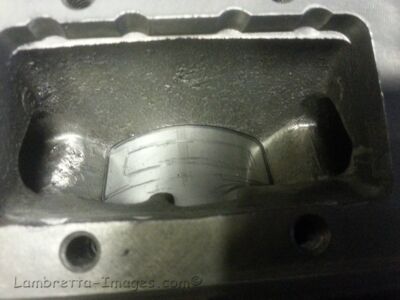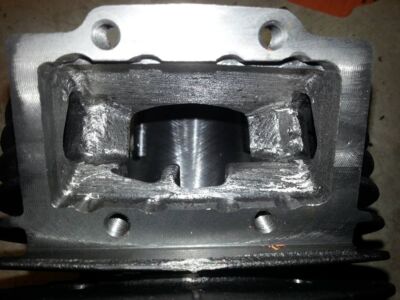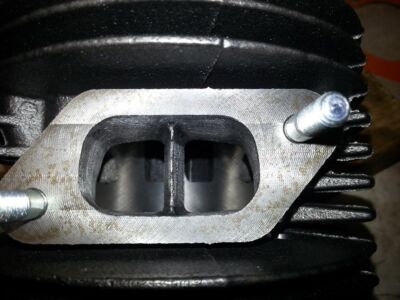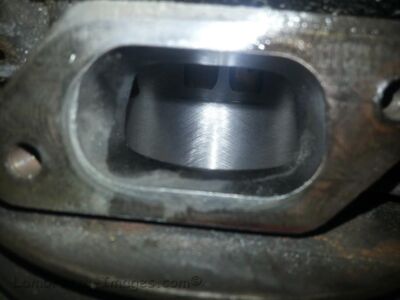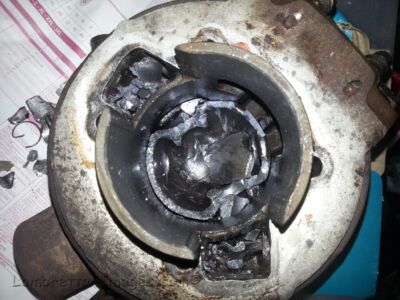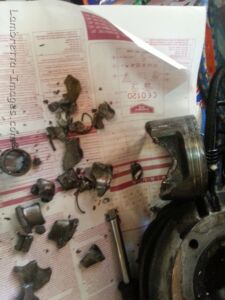I was asked a couple of years ago to test the prototype barrels for the new GT200 kit,
The GT186 kit had been available for many years and had proven its self to be reliable and powerful for a small block kit. As I’m an avid advocate of cast iron barrels I was more than happy to take part in Richard Taylor’s new venture.
The GT200 has boyeson feeds from the inlet that meet the transfers, pictured below:
The bridged port is wider and lower in the barrel than the un-bridged port, the bridge port is also not as high as the un-bridged meaning that the lower edge of the port is higher than the piston crown at BDC. On all the bridge port barrels I have built or sold I have lowered the bottom of the port so that it sits slightly lower than the piston crown at BDC.
Having said that though, I do know of other bridged GT kits that have not had this done and run fine!The exhaust timing on the standard kits running with a standard crank (58/107) are:
bridged 178 degrees
Un-bridged 181 degrees on the current batch of the barrels (May 2015) the port heights have been slightly changed to:
bridged 176 degrees
Un-bridged 179 degrees
Having said that though, I do know of other bridged GT kits that have not had this done and run fine!The exhaust timing on the standard kits running with a standard crank (58/107) are:
bridged 178 degrees
Un-bridged 181 degrees on the current batch of the barrels (May 2015) the port heights have been slightly changed to:
bridged 176 degrees
Un-bridged 179 degrees
There were concerns over the bridge port version that the bridge may not be strong enough so the first prototype bridged barrel was ran for nearly a year. The fears about the bridge proved to be unfounded when the bridge in this prototype barrel survived a catastrophic rod failure.
The piston was destroyed leaving just the crown intact and a very bent broken rod, when this happened the bridge in the barrel would have suffered many impacts but it stayed intact.
The piston was destroyed leaving just the crown intact and a very bent broken rod, when this happened the bridge in the barrel would have suffered many impacts but it stayed intact.
The damage resulting from the rod failure,
The barrel pictured above was later used for my own GT250 conversion, info about the GT250 later!


